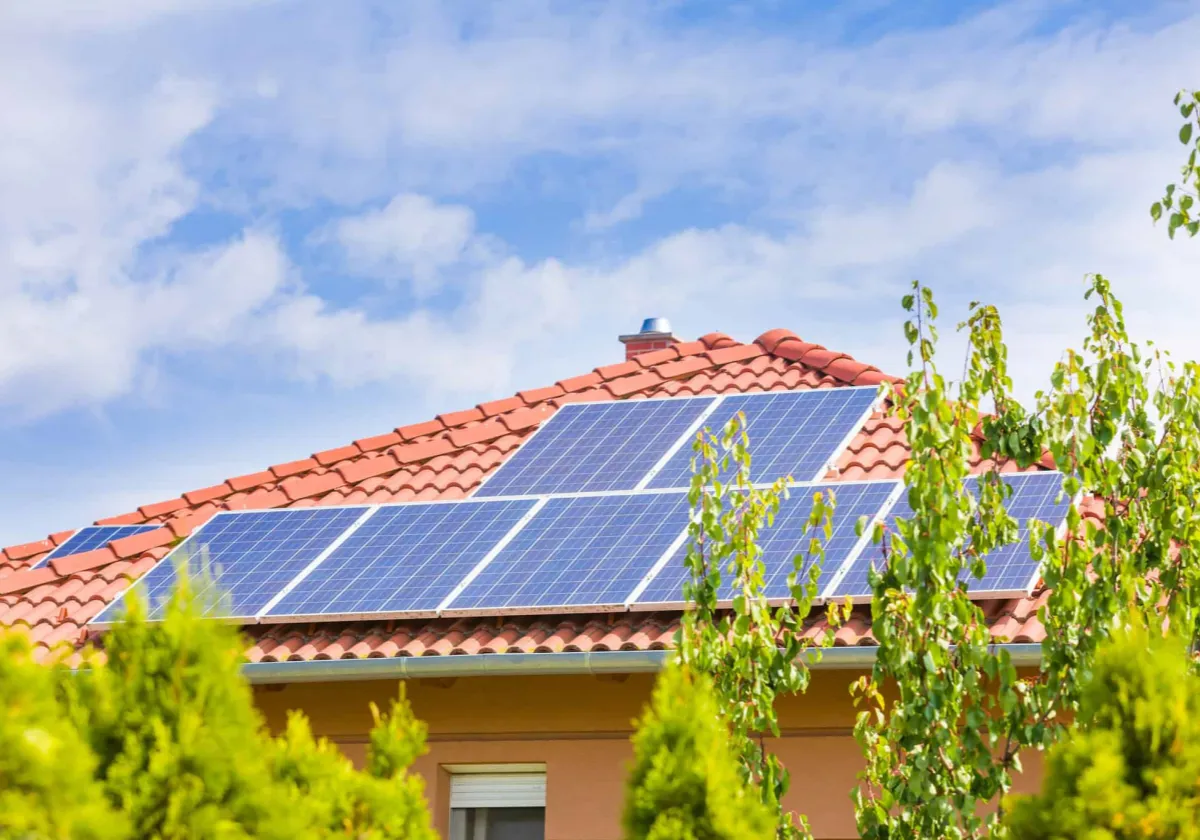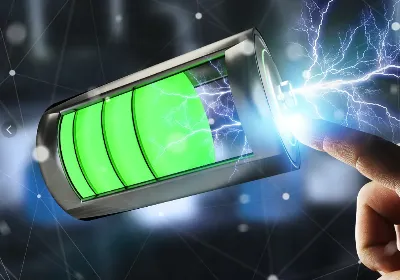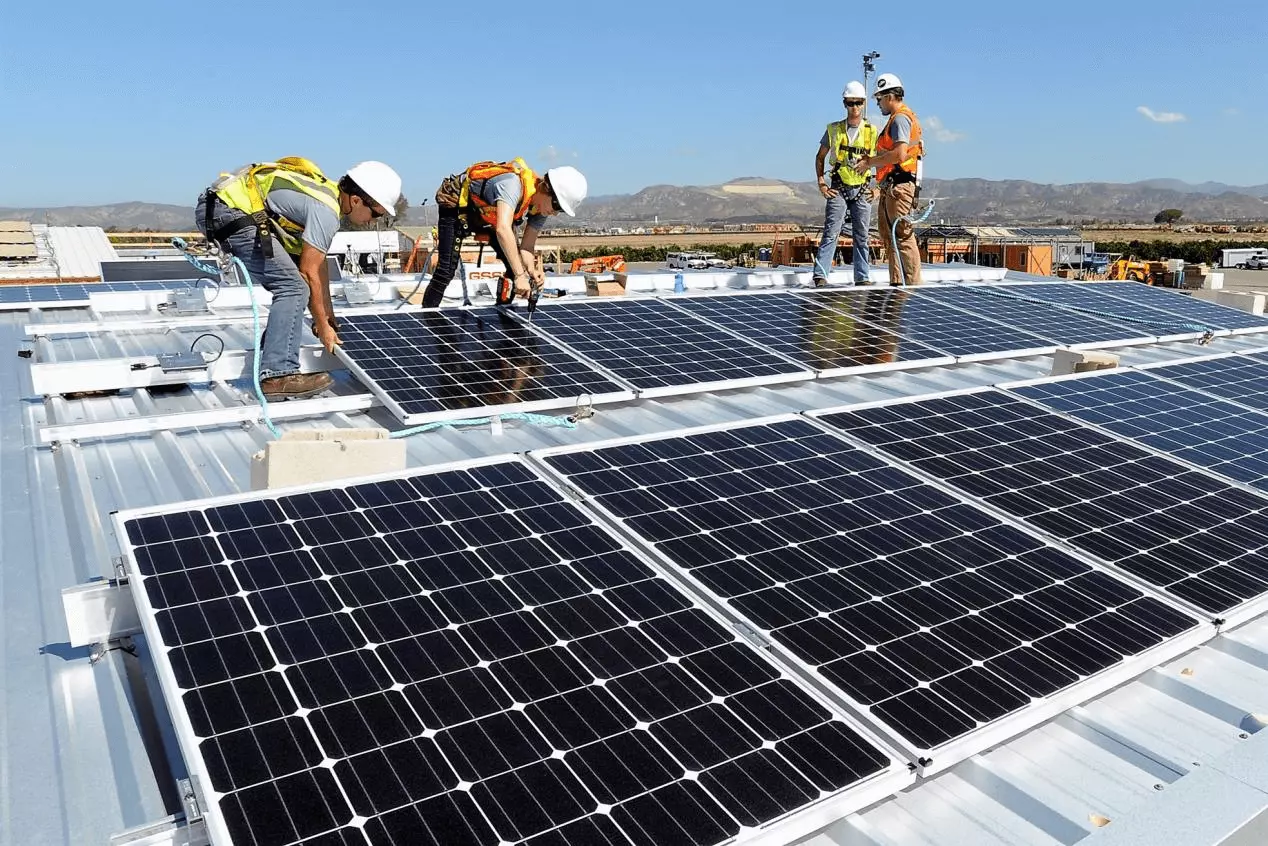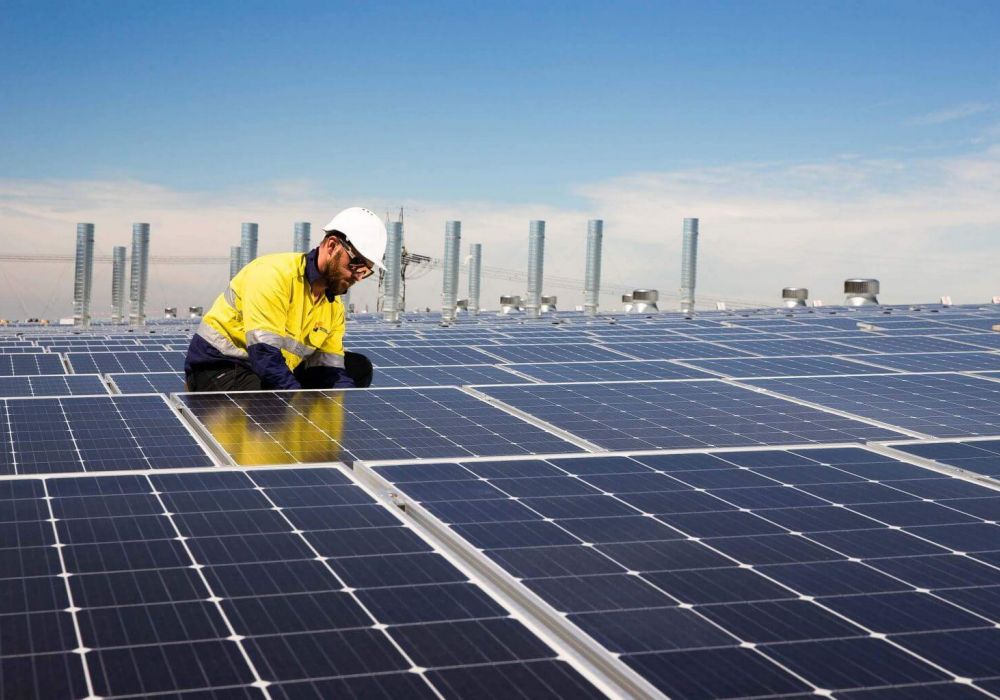Knowledge of Photovoltaic Power Plant Insurance
Knowledge of Photovoltaic Power Plant Insurance
Photovoltaic power station insurance category
property insurance
1. Direct loss insurance
Property All Risks: Covering direct property losses of photovoltaic power plants caused by natural disasters, accidents, etc.
2. Indirect loss insurance
Operational interruption and additional cost insurance: cover the indirect losses caused by natural disasters, accidents, etc., resulting in the interruption of the operation of photovoltaic power plants, including the reduction of expected power generation and subsidies and the increase of fixed costs.
3. Project delay insurance
Underwriting the indirect losses caused by the delayed completion of the construction period of photovoltaic power plants, including the increase of loan interest and fixed costs.
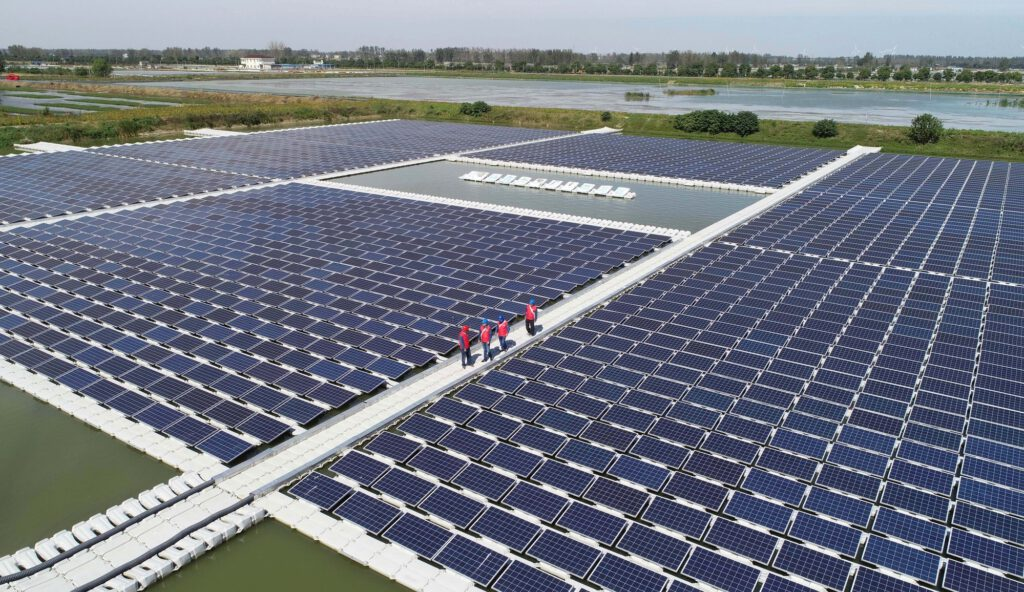
Liability Insurance
- Commercial comprehensive liability insurance: covers commercial liability risks other than employer liability and motor vehicle liability, including losses caused by liability risks such as site, operation, product and project completion.
- Umbrella liability insurance: The over-indemnity policy of commercial comprehensive liability insurance provides high-limit liability risk protection for photovoltaic power plants.
Quality Assurance Insurance
- Photovoltaic module quality assurance insurance: Provide 25 years of maintenance and return guarantee for photovoltaic modules due to defects in materials and manufacturing processes.
- Photovoltaic system guarantee insurance: Provide a ten-year maintenance and replacement guarantee for the material and manufacturing process defects of photovoltaic systems (including inverters, combiner boxes, tracking systems, etc.).
weather derivatives
The weather derivatives of solar photovoltaic power plants hedge against abnormal changes in solar radiation, which is essentially a bilateral or multilateral transaction agreement between the risk holder and the risk purchaser, that is, the risk purchaser compensates for the negative impact of a specific weather event . Meteorological derivatives are financial instruments aimed at hedging the power generation of power generation systems affected by weather variability. They are similar to insurance, but their pricing and transactions are carried out in the financial market. They are mainly used in the energy industry to hedge against weather-related price risks . In the renewable energy industry, the application of meteorological derivatives is very limited. Most transactions occur in the field of wind power and hydropower, and the application of photovoltaics is less.
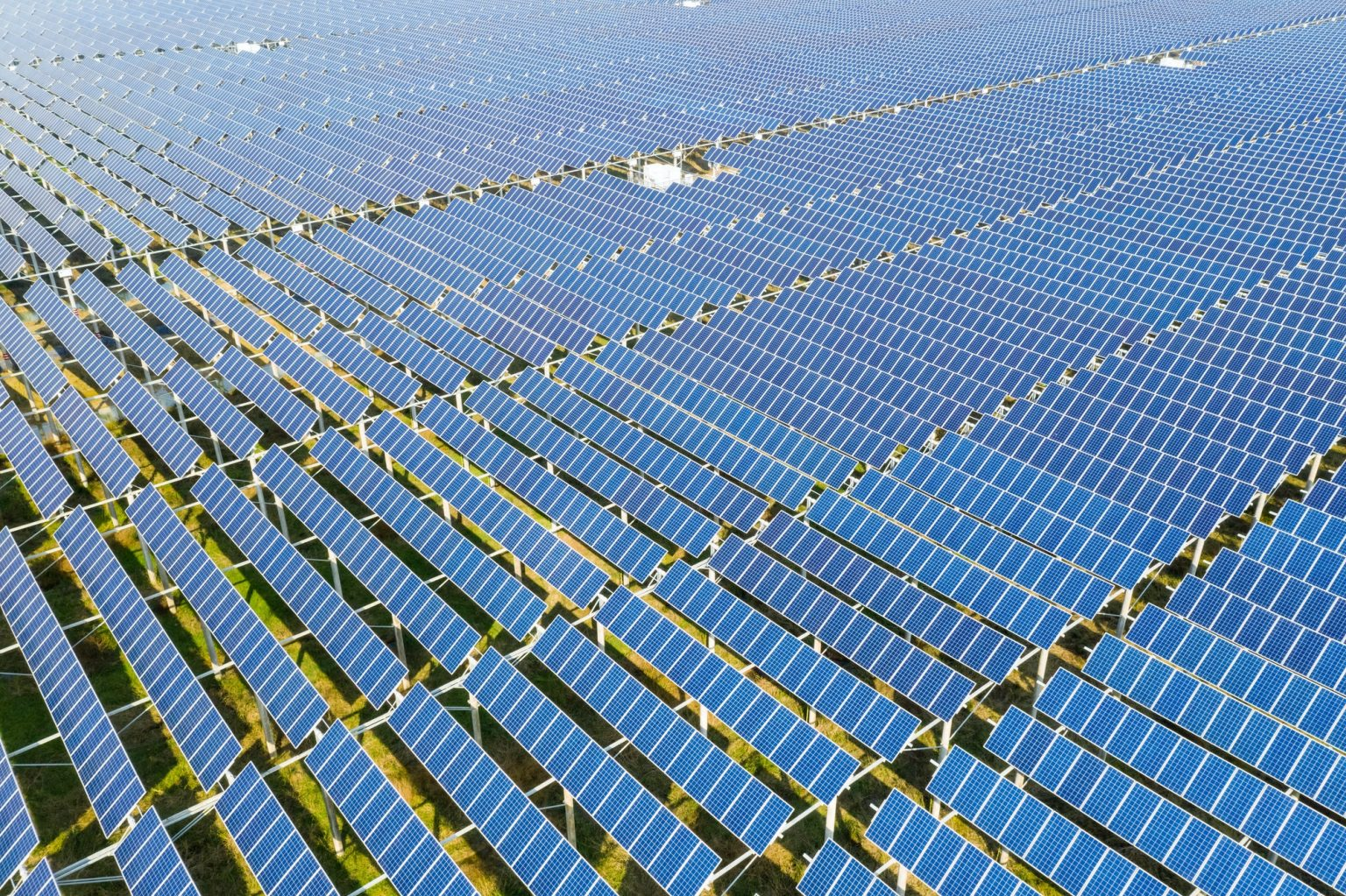
Other financial derivatives
- Catastrophe bonds
Insurance companies transfer the catastrophe risks they are unwilling to bear to the financial market by issuing catastrophe bonds. The renewable energy industry has never issued a catastrophe bond.
- Captive insurance company
An insurance company owned or controlled by a non-insurance business for the purpose of insuring certain risks of the parent company. In 2010, American insurance broker Beecher Carlson tried to set up a captive insurance company for a photovoltaic power station.
- Asset securitization
Asset securitization of photovoltaic power plants is a financing method. Both S&P and Fitch believe that due to the lack of historical data, asset securitization of photovoltaic power plants still faces many challenges.
Photovoltaic Power Station Risk Factors
- On-site risks: storms and lightning strikes; icing, blizzards and hail; pollution; sand and dust; rock tumbles; geological landslides; earthquakes; floods;
- Technical risks: design flaws; equipment failure; decay; aging; maintenance; repair; replacement; appearance; accessibility.
- Installation risks: material reception; material handling; orientation; fixing; connection; cable arrangement.
- Safety risks: electric shock; electric arc; fire; static load; dynamic load; theft; vandalism; operator safety.
- Material risks: key materials; supporting materials; auxiliary materials; delayed delivery; transportation damage.

